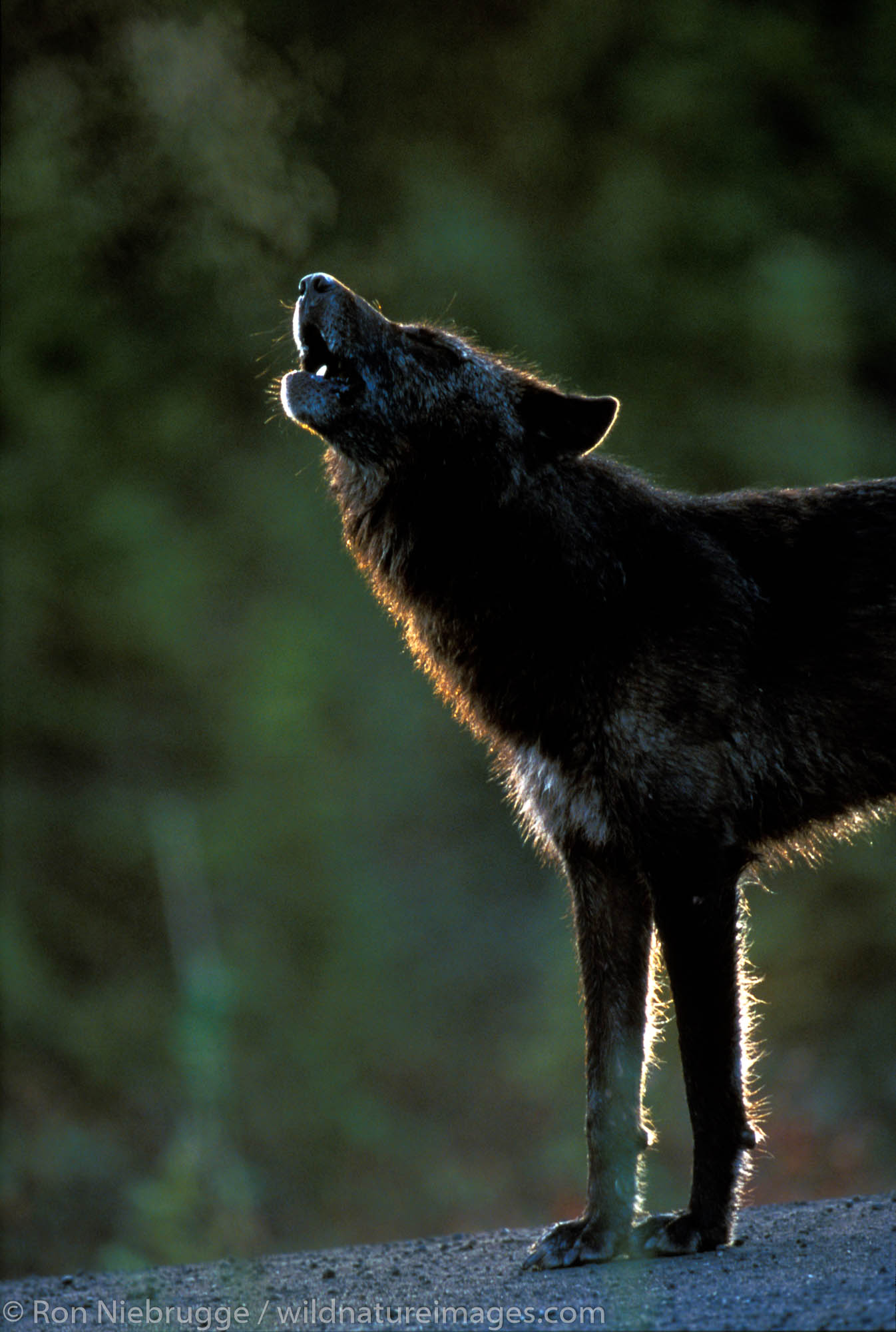

The alpha male and female are the oldest members of the pack and the ones with the most experience in hunting, defending territory, and other important activities. Dominance: erect and forward pointing ears and erect tail © M. Dupuis The pack is made up of animals related to each other by blood and family ties of affection and mutual assistance. Some of the younger wolves of the pack may leave to find vacant territory (i.e. It may consist of a single breeding pair, a lower group consisting of non-breeding adults, each with its own ranking, a group of outcasts, and a group of immature wolves, from pups to two or three-years-olds. Within each pack is an elaborate hierarchy. The core of a pack, the basic unit of wolf social life, is a mated pair of wolves - an adult alpha male and alpha female that have bred and produced young. They exist in a social unit called a pack. The pack, a social structure for the Wolf The packs of wolves vary of the simple couple to the dozen individuals © M. Dupuis He is able to hear sounds up to 40 kHz (only 20 kHz for humans), and can hear other wolves roaring from a distance of 6 to 10 km. At night, the wolf’s eyes seem to glow, as they are covered by a layer of cells which allow him to see equally well during the day and night. His vision angle is 250° (compared to 180° for humans). His bite has a force of 150kg/cm², twice that of a domestic dog. He can reach a top speed of 45-50 km/h and is able to cover more than 60km per night. He is a good swimmer and even a better runner. The European grey wolf weights around 25 to 50 kg. Since 2001, more than 100 wolves have been killed by motor vehicles. At least a hundred Wolves have been illegaly killed since 2000, which equates to around 10 per year, but in reality reaches a few dozen in certain years. Today, it is considered that the primary cause of wolves’ over-mortality in France is linked to poaching, by shooting or poisoning. A more optomistic rate would have been around 20-30%, which would have led to a total population of around 250-500 wolves in 2008, considering a population of 60 individuals in 2000.
Grey wolf forms free#
Only genetic typing allows identification with certainty the wolf’s faeces from that of a fox, dog, lynx or other animal faeces.įrom 1996 to 2008 the growth of wolves’ population has been around 15%, which is considered quite low for a population that is theoretically free to expand. The microscopic analysis of animal remains (bones, hair, fur, feathers, plants etc.), which have not been digested but found in feaces, allows us to determine the wolf’s diet and to evaluate its impact equally on the wild fauna as well as the domestic livestock populations. This follow-up, coordinated by the ‘Big Carnivorous Network, Wolf-Lynx-Bear’ (ONCFS), is based on recording evidence of the presence of wolves. Since 1993 a protocol for following the population has been set up in Mercantour, and with the geographical expansion of the wolves’ presence, this protocol has been extended to different departments of the French alpine region. These wolves most likely arrived from Italy, where a protected population has been living since 1973. While counting chamois (Rupicapra rupicapra) in the Mercantour National Park (Alpes de Haute-Provence) in November 1992, the return of two common grey wolves (Canis lupus italicus) was officially recorded in France, confirmed by the presence of their preys’ carcasses and wolves faeces. “Wolf, are you there? Can you hear me? What are you doing?”įrance – Parc du Mercantour The Wolf has returned to France But they had remained predatory, while the man had become destructive.” By Paul-Emile Victor They made their wolves’ business as we made our men’s business. Wolf Portrait “We had for them no hatred. Traditional taxonomic classification or phylogenetics?.Kaziranga, the last Indian Rhinos’ Refuge.The Kenyan Savannah : the silent drama of the Massaï Mara.One year in the life of a pack of Wolves.The soil : the most living environment of the planet.


Bats in epidemiology, Between hopes and fears, by François Moutou.Naturalist walk in the park with François Moutou.Sharks: badly loved because they are badly known?.The Danta of Colombia or the extinction of the forest gardener.The Indian Kogis speak to their “little brothers” from Western world.The Namib Desert Lion Conservation Project.The humpabck whales of the Indian Ocean.Photo Exhibition “BEAUTÉS NATURELLES” from 4 th to 21 st November 2015.


 0 kommentar(er)
0 kommentar(er)
